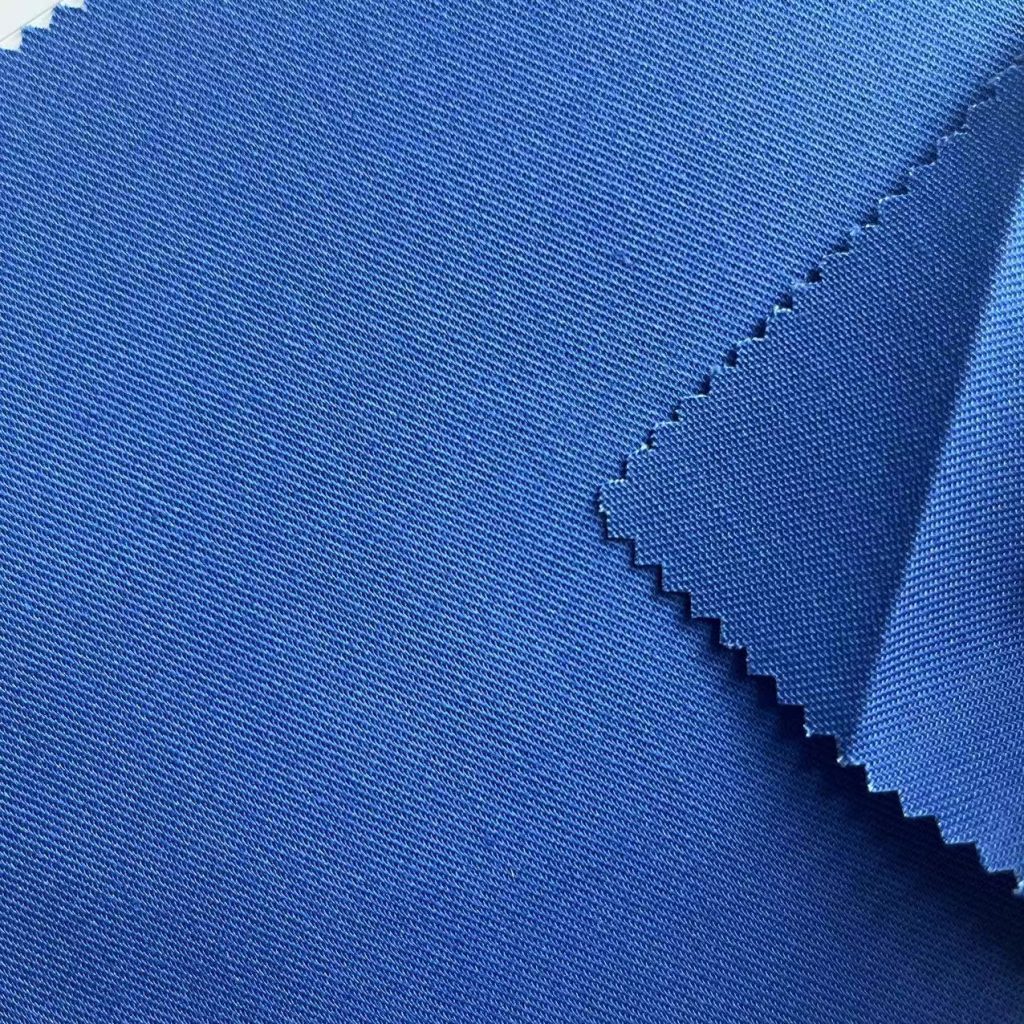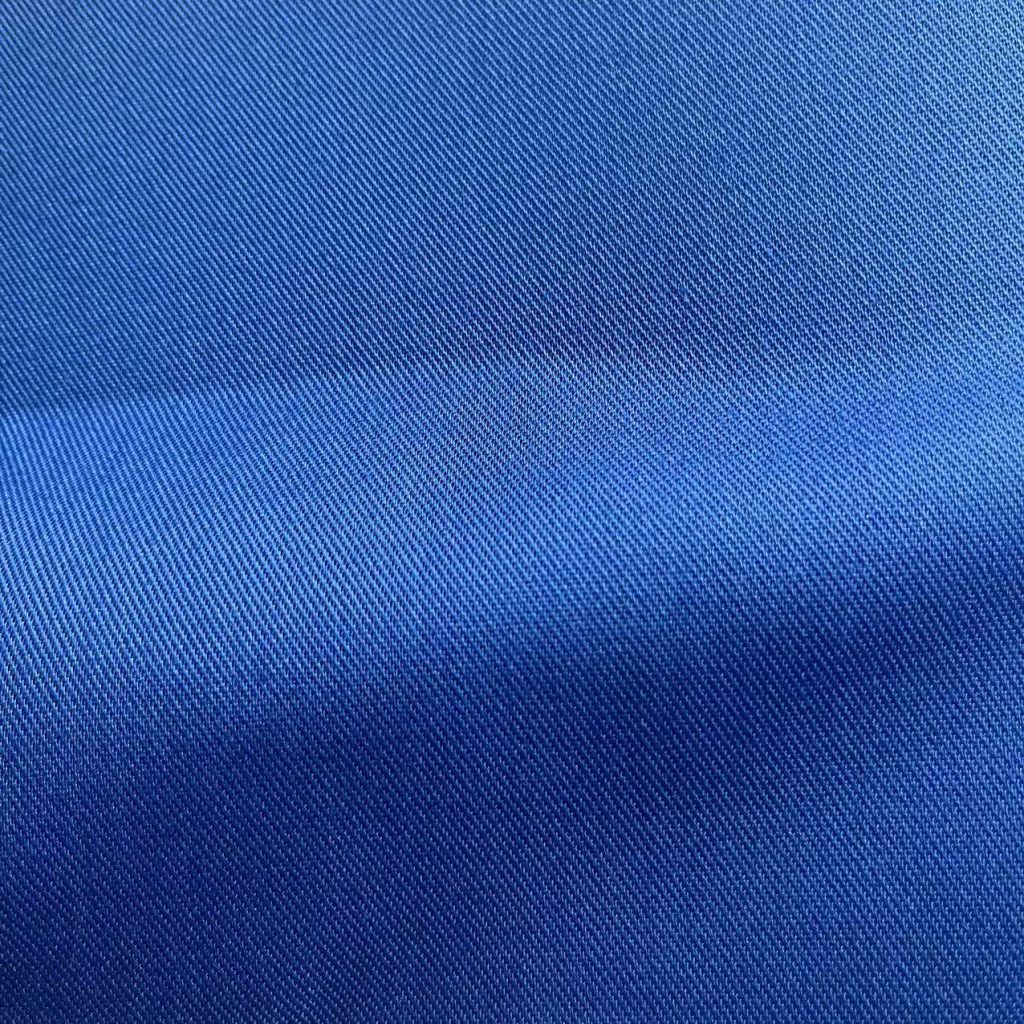Mechanical stretch fabrics are changing the textile game by offering flexibility and movement without the need for elastic fibers like spandex or Lycra. This innovative construction method makes these fabrics perfect for a variety of applications, especially in industries that value comfort, durability, and easy care, such as workwear and sportswear. In this article, we’ll discuss what mechanical stretch is, how it works, the techniques used to create it, and why leading brands and fabric buyers prefer it.
What is Mechanical Stretch Fabric and How Does It Work?
Mechanical stretch fabrics get their stretch from the way they’re constructed, not from elastic fibers. Instead of adding elastic yarns, the stretch is woven or knitted directly into the fabric structure. This gives you a stretchable, flexible material that’s also durable, which is especially important for garments that get worn and washed a lot.
Techniques Used to Create Mechanical Stretch
There are several techniques used to create mechanical stretch in fabrics. These techniques allow the fabric to stretch and move while maintaining durability.
- Fabric Construction: Mechanical stretch can be achieved by manipulating the weaving or knitting patterns. For example, circular knitting naturally provides stretch through interlocking loops. Woven fabrics can also incorporate stretch by using specific patterns.
- Yarn Processing: High twist yarns are often used to add mechanical elasticity. These yarns are then heat-set, which locks in the stretch. This creates fabrics that can stretch and then return to their original shape.
- Fiber Selection: Some fibers inherently support movement. For example, high-quality cotton and certain synthetic blends have a little give to them, making garments more comfortable.
By using these construction methods, manufacturers can create fabrics that maintain their shape and durability without the downsides of traditional elastic fibers, such as degradation over time.
Advantages of Mechanical Stretch Fabrics Over Elastic-Fiber Fabrics
Mechanical stretch fabrics have many advantages over elastic-fiber fabrics:
- Durability: Elastic fibers can lose their stretch over time, but mechanical stretch fabrics maintain their shape and elasticity because the stretch is built into the fabric.
- Breathability and Comfort: Mechanical stretch fabrics made from cotton or cotton blends are more breathable than synthetic elastics, which can trap heat and moisture.
- Easy Care: Mechanical stretch fabrics don’t require special care and are often more resistant to shrinkage and shape distortion than elastic-fiber fabrics.
The durability and comfort of mechanical stretch fabrics make them ideal for workwear brands that want to offer sustainable, long-lasting products.
Types of Mechanical Stretch: Two-Way vs. Four-Way
There are two types of mechanical stretch fabrics:
- Two-Way Stretch: These fabrics stretch in one direction, usually horizontally, making them ideal for applications where movement is limited to specific angles.
- Four-Way Stretch: These fabrics stretch horizontally and vertically, offering maximum flexibility and commonly used in activewear and technical outerwear.
Understanding the difference between these two types of mechanical stretch fabrics helps in choosing the right fabric for specific apparel needs.
Industries and Brands Utilizing Mechanical Stretch Fabrics
Mechanical stretch fabrics are used in many industries and by brands that need flexibility, comfort, and durability. Some of the most common applications include:
- Workwear: Brands like Carhartt and Dickies use mechanical stretch in their uniforms to allow workers to move freely without restriction. These brands often use poly-cotton blends with mechanical stretch because they’re durable enough for industrial settings.
- Outdoor and Activewear: Patagonia uses mechanical stretch in many of its outdoor gear lines to provide mobility and comfort without sacrificing durability. The lack of added elastic fibers also increases the lifespan of the garment, which is important to outdoor enthusiasts.
Choosing the Right Mechanical Stretch Fabric Supplier
 When you’re looking for a mechanical stretch fabric supplier, it’s important to find one who understands how to construct fabric with quality stretch properties. Here are a few suppliers that specialize in different types of mechanical stretch fabrics:
When you’re looking for a mechanical stretch fabric supplier, it’s important to find one who understands how to construct fabric with quality stretch properties. Here are a few suppliers that specialize in different types of mechanical stretch fabrics:
- Prance (ripstopfabric.com): This supplier focuses on 100% cotton and poly-cotton blends with mechanical stretch, ideal for workwear and industrial applications.
- Toray Industries: A Japanese company specializing in high-performance synthetic fibers. Toray offers mechanical stretch fabrics that balance flexibility with strength, making them popular in sports and outdoor wear.
- Invista: Known for advanced fabric technologies, Invista provides mechanical stretch solutions that are durable and breathable, making them ideal for workwear and lifestyle apparel.
- Milliken & Company: A leader in textile innovation, Milliken offers a variety of mechanical stretch fabrics that are both durable and highly breathable, used in everything from workwear to athletic apparel.
By choosing the right supplier, you can source high-quality, durable fabrics that are well-suited for your industry, helping you create products that perform well and keep customers satisfied.
Conclusion
Mechanical stretch fabrics are a versatile, durable alternative to traditional stretch materials, achieving flexibility through innovative fabric construction rather than elastic fibers. This makes them ideal for workwear, sportswear, and any other apparel that requires comfort and resilience. If you want to add stretch to your products without a lot of maintenance, mechanical stretch fabrics are a great option.
By partnering with suppliers like Prance, Toray, and Milliken, you can access fabrics that meet your performance needs and sustainability goals, ensuring your products are both comfortable and built to last.
Further Reading on Mechanical Stretch Fabrics
- What are the Main Benefits of Mechanical Stretch Fabrics over Traditional Elastic Fabrics?
- Why Mechanical Stretch Fabric is the Ideal Choice for High-Performance Workwear
- What Makes Stretch Workwear Fabrics Ideal for Industry Professionals?
- What is Mechanical Stretch Fabric and Why You Should Consider It for Your Next Project

